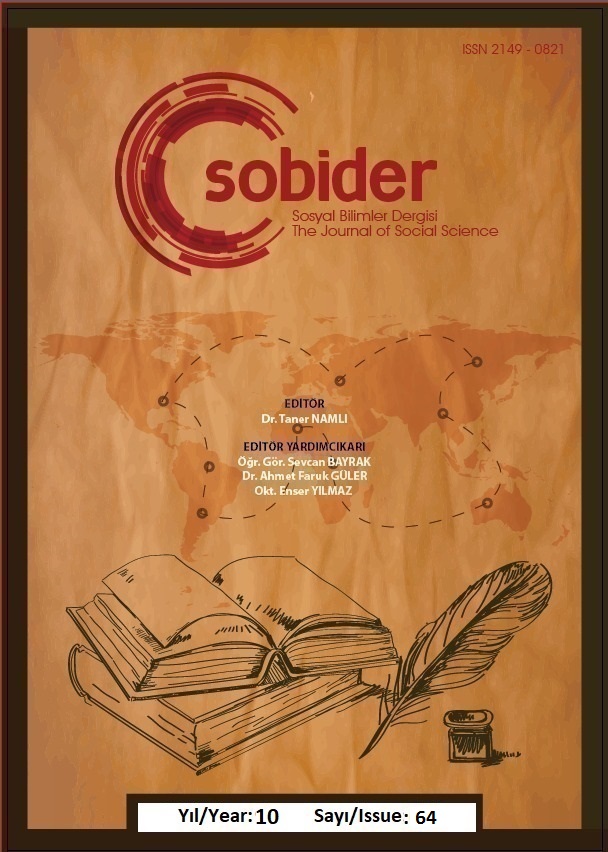Author :
Abstract
Sanat ve toplum ilişkisi sanatın kavram olarak literatüre girişinden itibaren bir tartışma konusu olmuştur. Bu tartışmaya yeni bir boyut kazandırmış olan kamusal alanda sanat ise beraberinde yeni sorgulamaları getirmiştir. Kamusal alanda sanatın tarihteki başlangıç noktası tartışmalı olsa da bugün toplum ve sanat arasında diyalog sağlayıcı bir rol üstlenmiş oluşu genel bir kabule tekabül etmektedir. Kamusal alanda sanatın bir iletişim aracına dönüşmesi 20. yüzyılda belirginleşmiştir. 20. yüzyıl öncesinde daha çok bir öğretici olarak kullanılan heykeller, dini ve ideolojik görüşlerin yaygınlaştırılabilmesi amacıyla tek yönlü bir girdi olarak görevlendirilmekteydiler. Ancak 20. yüzyılın ikinci yarısında kavramsal sanatın da rol alması ile kamusal alanda sanat heykelin sınırlarını aşarak etkileşimli bir nitelik kazanmıştır. Kamusal sanat örnekleri bir yandan toplumun kültürel algısını yansıtırken bir yandan ise bulundukları bölgenin kültürel algısına yön vermektedirler. Kamusal sanat çalışmaları, uygulandıkları bölgelerde hem ekonomik kalkınmaya hem de sosyal gelişime ön ayak olmaktadırlar. Fakat bu etkileşim her zaman olumlu yönde olmamıştır. Kamusal sanat çalışmalarının, uygulandıkları bölgelerle, fiziki ve beşerî sebeplerle çatışma içine girmesi bazı eserlerin sergilemelerinin durdurulmasına ve toplumun sanata bakış açısında olumsuz etkilere de sebep olabilmektedir. Bu yazıda kamusal alanda sanatın oluşumuna, örneklerine ve olumlu ya da olumsuz toplumsal geri dönütlere bağlı olarak değerlendirmelerine yer verilmiştir.
Keywords
Abstract
The relationship between art and society has been a subject of discussion since the introduction of art as a concept into the literature. Art in the public sphere, which has brought a new dimension to this debate, has brought new inquiries with it. Although the starting point of art in the public sphere in history is controversial, it is a general acceptance that it has assumed a role as a dialogue provider between society and art today. The transformation of art into a means of communication in the public sphere became evident in the 20th century. Sculptures, which were used more as a teacher before the 20th century, were assigned as a one-way input in order to disseminate religious and ideological views. However, with the involvement of conceptual art in the second half of the 20th century, art in the public sphere has gained an interactive quality by exceeding the boundaries of sculpture. While public art examples reflect the cultural perception of the society on the one hand, they also direct the cultural perception of the region they are located in. Public art works lead to both economic and social development in the regions where they are applied. However, this interaction was not always positive. The conflict of public art works with the regions in which they are applied, due to physical and human reasons, may also cause the exhibition of some works to be stopped and have negative effects on the society's view of art. In this article, the formation of art in the public sphere, its examples and its evaluations depending on positive or negative social feedback are included.





